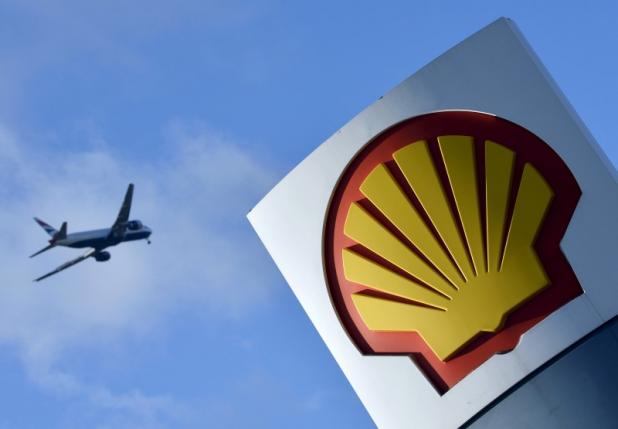Energy giants such as Royal Dutch Shell and Total are seeking to construct terminals and power plants in new markets to put up with the industry’s rapidly growing supply.
The growth of gas demand is decreasing and being followed consequently with lower prices, although in some places such as USA and Australia, there are certain companies that have invested billions in plants to produce liquefied natural gas.
Thus, the above stole the attention of downstream market and chances to create new markets from Ivory Coast to remote Indonesian islands by building gas-fired power plants, pipelines, regasification and storage terminals.
“We are ready to go downstream as much as it takes to unlock gas demand,” said Laurent Vivier, president for the gas division at Total.
“We need to be present in downstream ourselves, to create demand and unlock bottlenecks along the chain including regasification, pipelines and power plants.”
Total aims to triple the number of its gas and power markets and is taking part in LNG infrastructure tenders, including several gas-fired power plants, Vivier said. By the time Shell expects the number of markets buying LNG could double
“From around 20 to 30 …we can see potential for around 50 different markets if you look out to 2030,” Henry said. “Our aim is to capture the best share of those who are looking now to start or grow.” The focus on downstream mimics a model that companies such as Shell, Total, Exxon Mobil and Chevron have used for decades in the oil sector where their operations span oil wells, refineries and service stations.
But some analysts question how easily that model can be reproduced.
“Whether they succeed in this is another story, whether they have the mindset for this type of work is also another story,” said Thierry Bros, senior gas analyst at French bank Societe Generale.
“It will be a painful test for these companies who are not that experienced in building small downstream demand,” he said.
Worth noting that there are new technologies are aiding in speed development, with floating terminals, for example, offering a cheaper alternative to onshore units that cost more than $1 billion.
“We are looking at multiple markets around the world in terms of potential to regas,” said Shell’s Henry. “Quite a lot of it is floating regasification because it is quick and you can develop (a market) in stages.”
